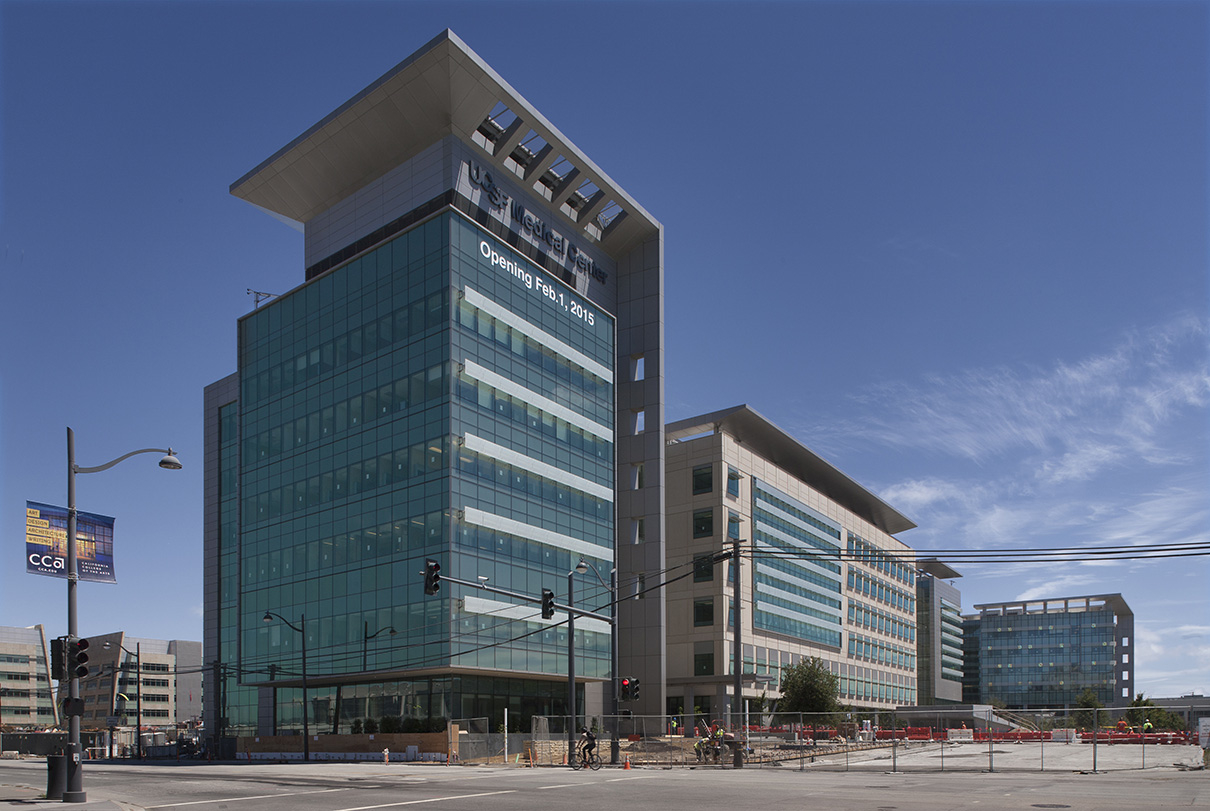On Sunday, Feb. 1, The University of California at San Francisco Medical Center officially opens an 878,000-sf, six-story complex at UCSF’s 60.2-acre Mission Bay research campus that includes three state-of-the-art hospitals with a total of 289 beds.
Ten years in the planning, the new medical center started construction in December 2010. It has approximately 300 employees and 500 physicians. About $600 million of the complex’s $1.5 billion cost was raised from private donors, including venture capitalist Ron Conway, who contributed $40 million to the complex’s 207,500-sf outpatient medical building with 180 exam rooms, which is expected to serve 1,500 outpatient visitors daily.
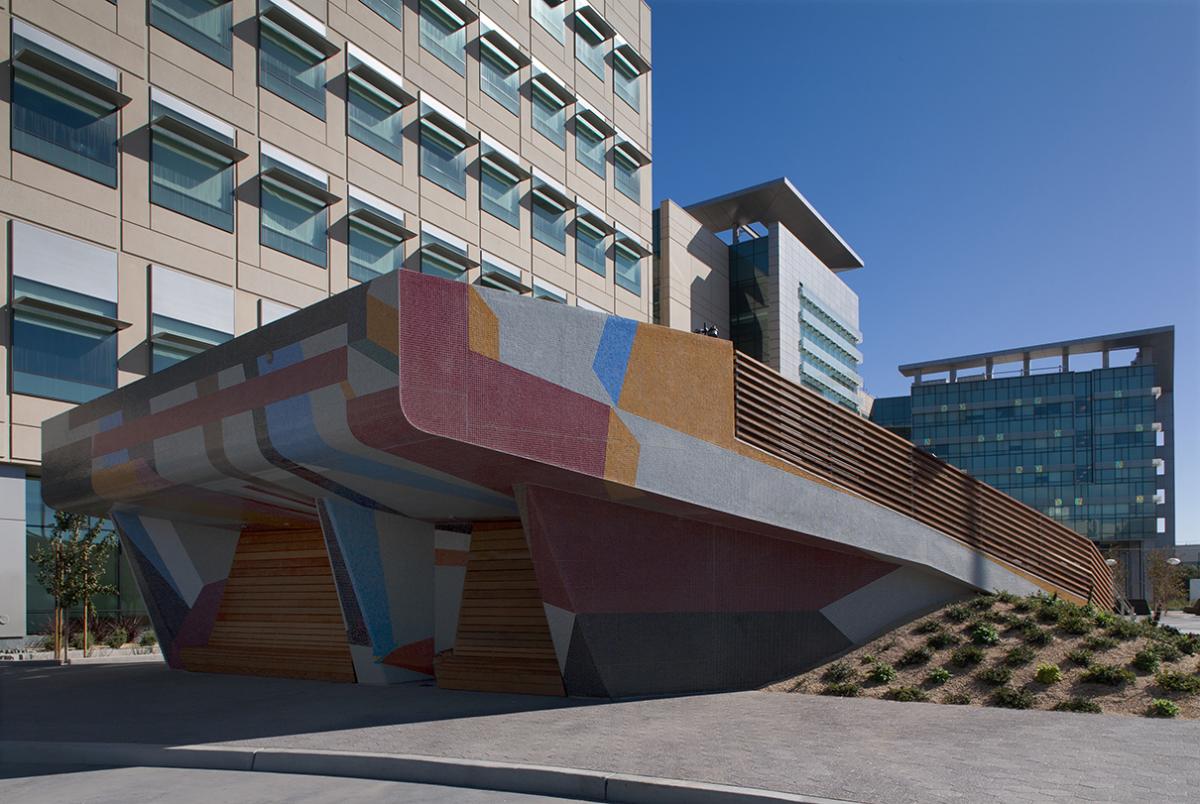
All told, the new medical complex anticipates 122,000 outpatient visits in its first year, 5,380 outpatient surgeries, 4,272 inpatient surgeries, and between 2,600 and 2,700 births.
The new medical center focuses on caring for children, women, and cancer patients. The UCSF Benioff Children’s Hospital San Francisco, with 183 beds that include a 50-bed neonatal nursery, handles all pediatric inpatient visits. (Benioff’s chlidren’s hospital on UCSF’s Parnassus campus is moving its inpatient services to Mission Bay, but will continue to handle child outpatient care.) The new facility includes a fully accredited K-12 school, and media platforms for room service, Skype, and social media.
The 36-bed UCSF Betty Irene Moore Women’s Hospital is the region’s first dedicated women’s hospital. And the 70-bed UCSF Bakar Cancer Hospital serves adult patients with orthopedic, urologic, gynecologic, head and neck, gastrointestinal, and colorectal cancers.
Among the technologies available at this medical center are telemedicine, robotics, and intra-operative imaging.
The complex includes 4.3 acres of green space, 60,000 sf of rooftop gardens on the third, fourth, and fifth floors; a 99,000-sf public plaza on Fourth Street; and 1,049 available parking spaces.
(Take a virtual “fly through” of the medical center.)
The location of the medical center on UCSF’s Mission Bay campus puts its physicians in close proximity to researchers and new biotechnology and pharmaceutical companies in the area. The new cancer hospital, for example, sits near the UCSF Helen Diller Family Cancer Research Building, where leading scientists are seeking causes and cures for cancer.
“The location was key to bringing the three hospitals together,” says Herb Moussa, AIA, LEED AP, Principal at Stantec Architecture, the project’s lead architect. (The Building Team included Cmbridge CM as project and construction management consultant; William McDonough+Partners as Associate Architect; DRP Construction as general contractor; Rutherford & Chekene as the hospitals’ structural engineer; ARUP as structural and MEP engineer; CSWStuber-Stroeh Engineering as civil engineer; EDAW AECOM as landscape engineer; and Teecom Design Group for communications.)
All told, there were more than 200 architects, engineers, and contractors on this project. Moussa says they all worked at the nearby Integrated Center for Design and Construction. “Being able to work collaboratively made things go so much easier,” he tells BD+C, in terms of addressing problems and issues. For example, the client decided that the interiors for the hospitals were too disparate, and wanted their look and color palette to be more uniform. That required “quite extensive” changes, says Moussa, which would have been even more complicated had the Building Team not been working closely.
This project’s challenge, he says, was to give each hospital its own identity without undermining the complex’s conceptual design and functionality. So there are separate entrances for adults. The children’s hospital is turned 10 degrees from the rest of the complex and has its own entrance, canopy, and drop-off area.
Moussa has spent most of his career designing hospitals, but this is his first with a pediatric building. He has a special affinity for Benioff Children’s Hospital, which in April 2010 treated his then nine-year-old daughter Sarah for swelling of the brain and seizures brought on by a sinus infection that spread to her eye. Moussa kept a journal of his daughter’s treatment, which he says informed his design of the new medical center. “It gave me an appreciation of what this hospital wants to be.”
A few days before opening its Mission Bay complex, UCSF Medical Center signed a letter of intent with Fresno-based Community Medical Centers to expand women’s and children’s services to California’s Central Valley, which has an undersupply of specialists.
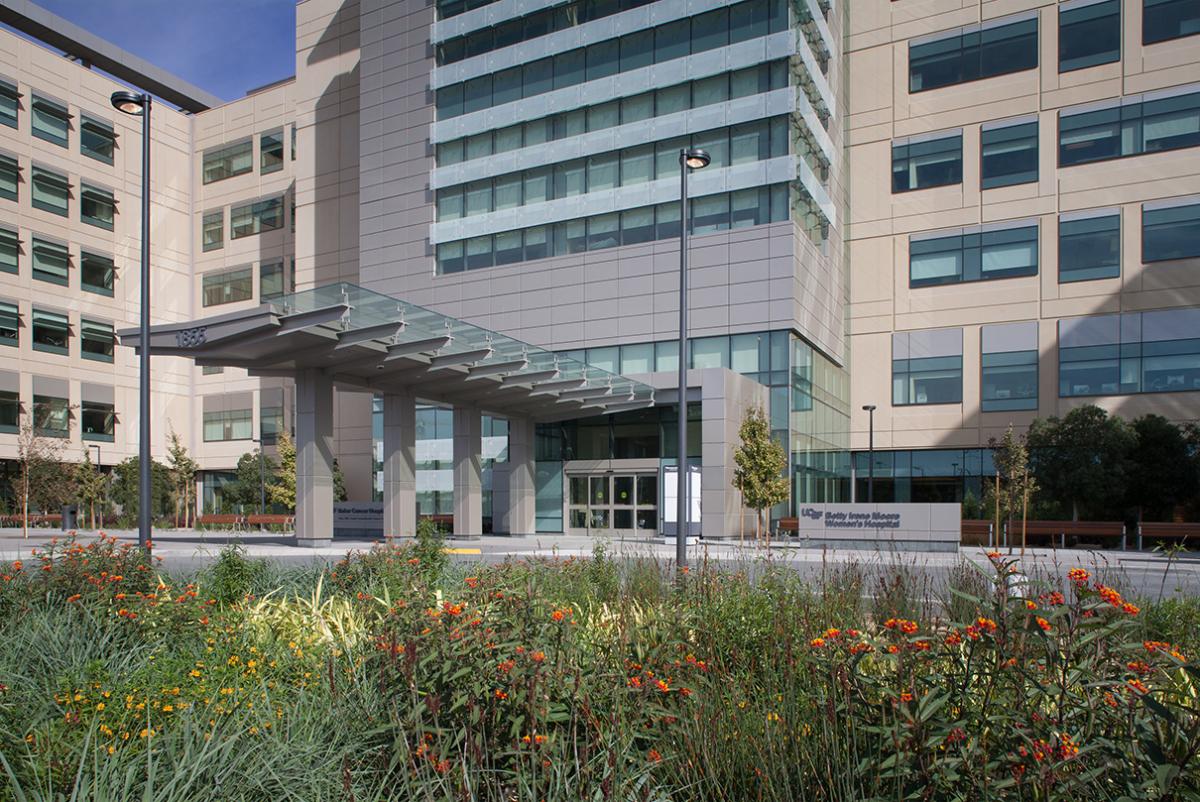
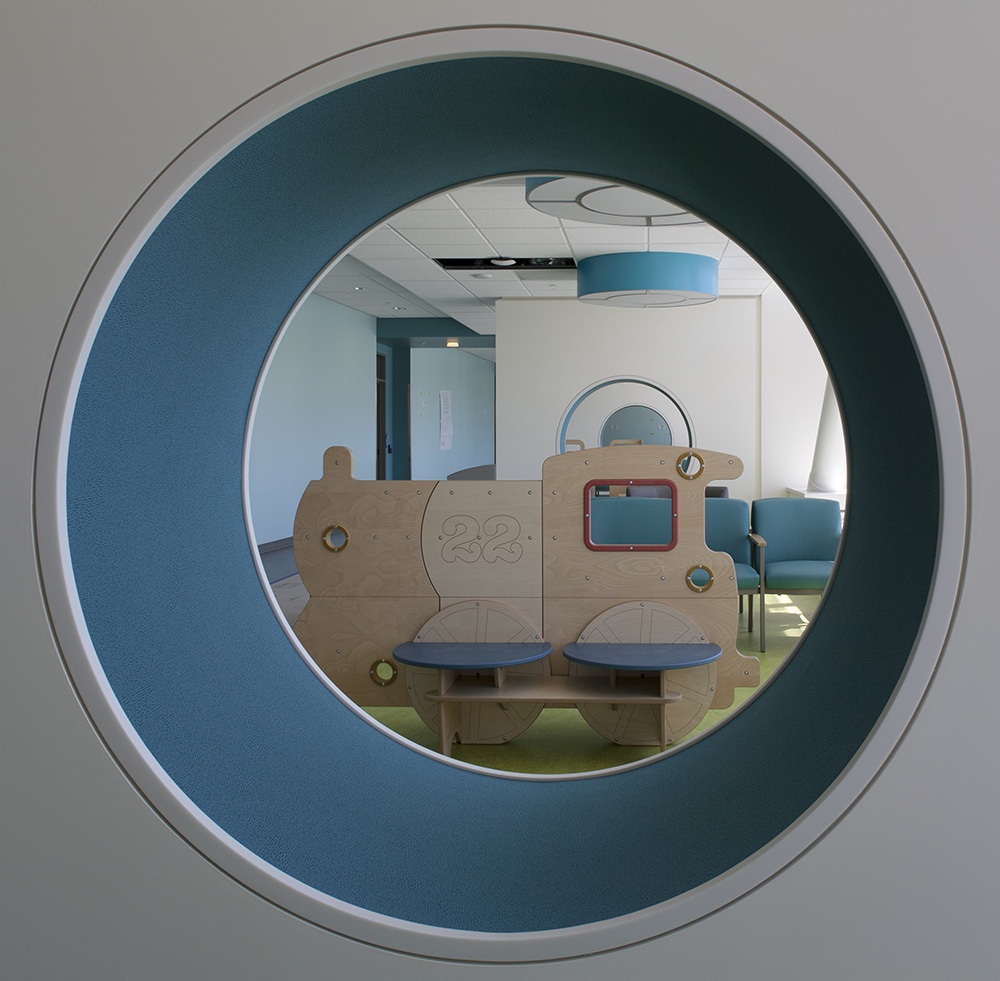
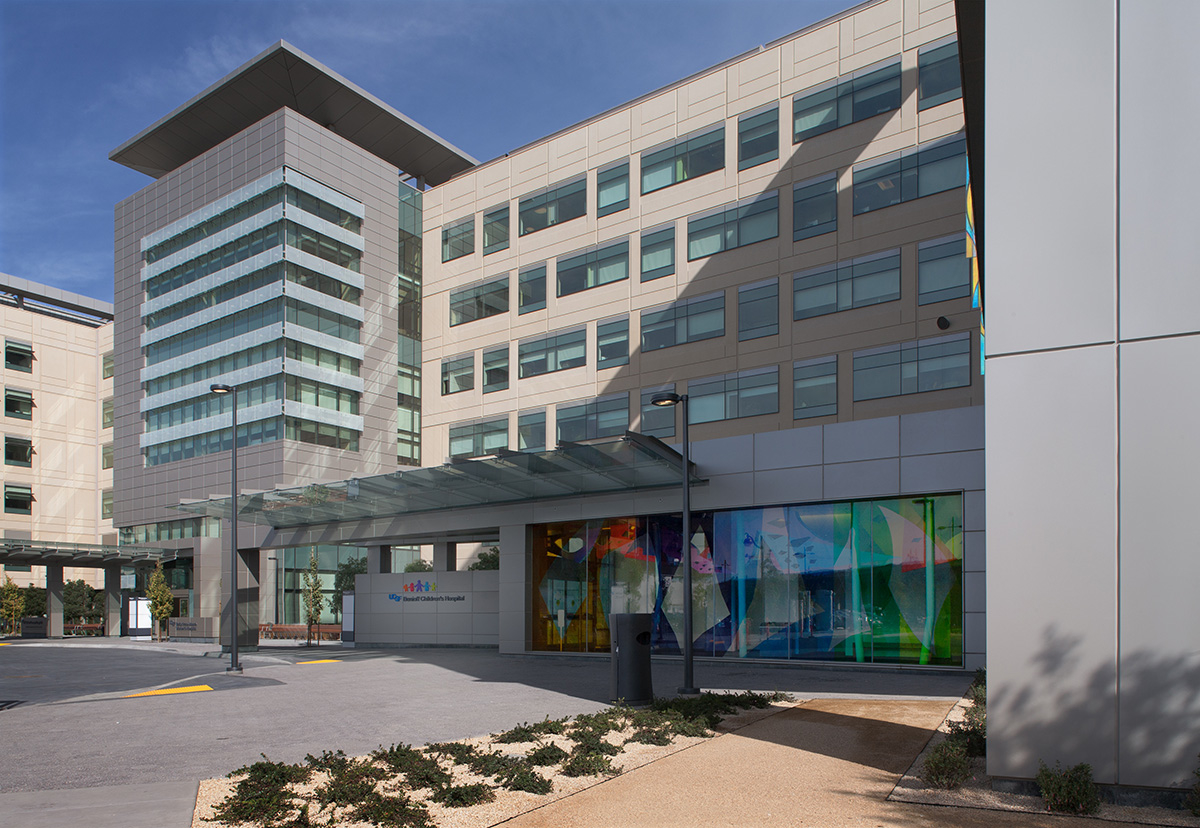
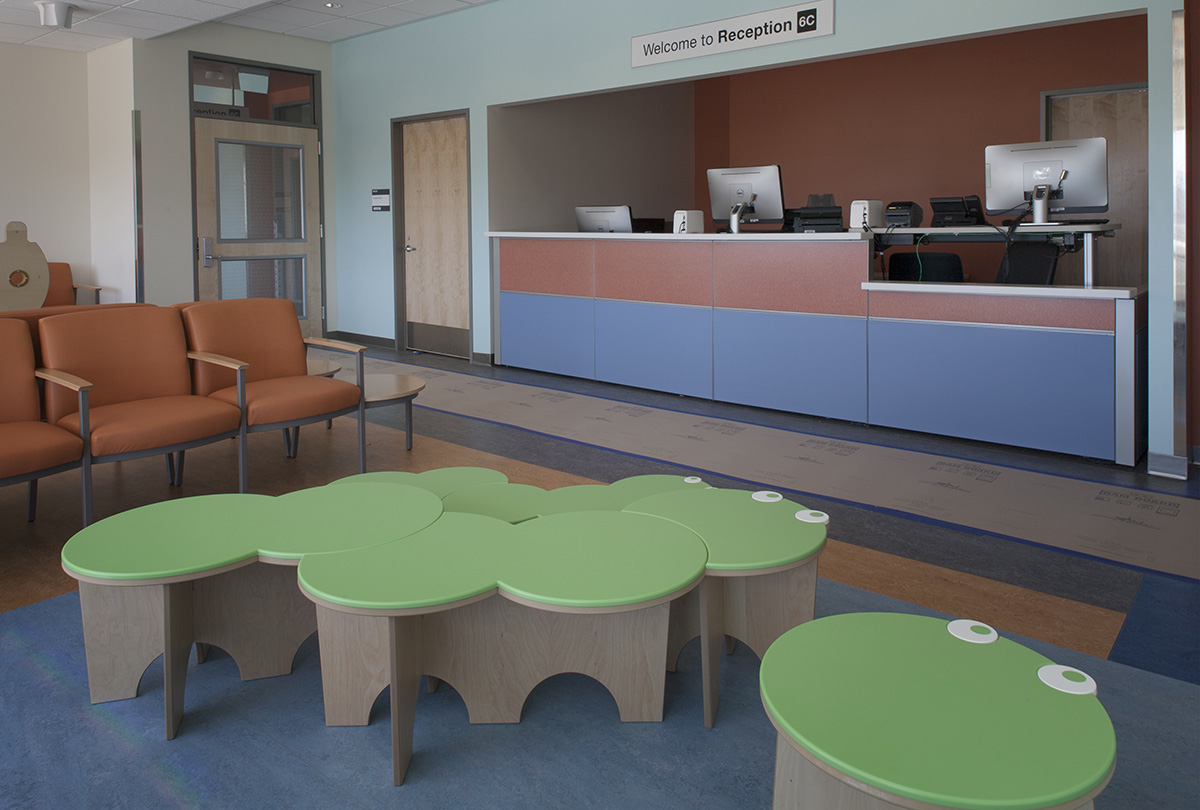
Related Stories
| Jan 31, 2011
HDR Architecture Releases Evidence-based Design Videos
As a follow-up to its book Evidence-based Design for Healthcare Facilities, HDR Architecture, Inc. has released three video case studies that highlight evidence-based design principles in action.
| Jan 31, 2011
CISCA releases White Paper on Acoustics in Healthcare Environments
The Ceilings & Interior Systems Construction Association (CISCA) has released an extensive white paper “Acoustics in Healthcare Environments” for architects, interior designers, and other design professionals who work to improve healthcare settings for all users. This white paper serves as a comprehensive introduction to the acoustical issues commonly confronted on healthcare projects and howbest to address those.
| Jan 27, 2011
Perkins Eastman's report on senior housing signals a changing market
Top international design and architecture firm Perkins Eastman is pleased to announce that the Perkins Eastman Research Collaborative recently completed the “Design for Aging Review 10 Insights and Innovations: The State of Senior Housing” study for the American Institute of Architects (AIA). The results of the comprehensive study reflect the changing demands and emerging concepts that are re-shaping today’s senior living industry.
| Jan 21, 2011
Harlem facility combines social services with retail, office space
Harlem is one of the first neighborhoods in New York City to combine retail with assisted living. The six-story, 50,000-sf building provides assisted living for residents with disabilities and a nonprofit group offering services to minority groups, plus retail and office space.
| Jan 21, 2011
Research center built for interdisciplinary cooperation
The Jan and Dan Duncan Neurological Research Institute at Texas Children’s Hospital, in Houston, the first basic research institute for childhood neurological diseases, is a 13-story twisting tower in the center of the hospital campus.
| Jan 19, 2011
Biomedical research center in Texas to foster scientific collaboration
The new Health and Biomedical Sciences Center at the University of Houston will facilitate interaction between scientists in a 167,000-sf, six-story research facility. The center will bring together researchers from many of the school’s departments to collaborate on interdisciplinary projects. The facility also will feature an ambulatory surgery center for the College of Optometry, the first of its kind for an optometry school. Boston-based firms Shepley Bulfinch and Bailey Architects designed the project.
| Jan 19, 2011
New Fort Hood hospital will replace aging medical center
The Army Corps of Engineers selected London-based Balfour Beatty and St. Louis-based McCarthy to provide design-build services for the Fort Hood Replacement Hospital in Texas, a $503 million, 944,000-sf complex partially funded by the American Recovery and Reinvestment Act. The firm plans to use BIM for the project, which will include outpatient clinics, an ambulance garage, a central utility plant, and three parking structures. Texas firms HKS Architects and Wingler & Sharp will participate as design partners. The project seeks LEED Gold.
| Jan 10, 2011
Michael J. Alter, president of The Alter Group: ‘There’s a significant pent-up demand for projects’
Michael J. Alter, president of The Alter Group, a national corporate real estate development firm headquartered in Skokie, Ill., on the growth of urban centers, project financing, and what clients are saying about sustainability.
| Dec 17, 2010
ARRA-funded Navy hospital aims for LEED Gold
The team of Clark/McCarthy, HKS Architects, and Wingler & Sharp are collaborating on the design of a new naval hospital at Camp Pendleton in Southern California. The $451 million project is the largest so far awarded by the U.S. Navy under the American Recovery and Reinvestment Act. The 500,000-sf, 67-bed hospital, to be located on a 70-acre site, will include facilities for emergency and primary care, specialty care clinics, surgery, and intensive care. The Building Team is targeting LEED Gold.
| Dec 17, 2010
Arizona outpatient cancer center to light a ‘lantern of hope’
Construction of the Banner MD Anderson Cancer Center in Gilbert, Ariz., is under way. Located on the Banner Gateway Medical Center campus near Phoenix, the three-story, 131,000-sf outpatient facility will house radiation oncology, outpatient imaging, multi-specialty clinics, infusion therapy, and various support services. Cannon Design incorporated a signature architectural feature called the “lantern of hope” for the $90 million facility.


